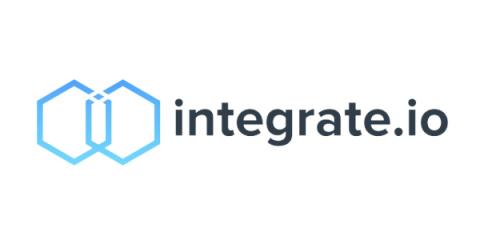Systems | Development | Analytics | API | Testing
%term
Browser testing and API load testing in the same script with k6 (k6 Office Hours #35)
Katalon @ Agile + DevOps East - TestOps & the Future of Software Testing
Demo: Zero Trust Security with Service Mesh
Combine k6 OSS and Prometheus for better observability
k6 Cloud, our managed testing solution, supports Prometheus to store and correlate performance testing metrics within your observability stack since a while now. Announced at Grafana ObservabilityCON, we launched Prometheus support to k6 Open Source - our free, open, and extensible load testing tool. k6 OSS supports sending k6 metrics to multiple outputs such as InfluxDB, New Relic, StatsD, and more.
5 Real-World Finance Report Examples and Templates to Inspire Your Own
How To Fight Document Overload with Low-Code and IDP
In a Harvard Business Review article, Thomas C. Redman references a project by AT&T, the world’s largest telecommunications company, where the simple task of reducing invoicing errors uncovered something shocking: over 40% of invoicing data contained errors that cost the company tens of millions of dollars. Even in 2021—the age of digitalization—poor quality data is wreaking havoc in businesses, costing the United States a staggering $3 trillion per year.
Now is the Time to Enter the Low-Code Economy
Low-Code. This is a new term for many, and it raises questions. The first is “What is it?” Suffice to say, low-code is a new way to build software applications that is faster and better than traditional coding. A more urgent question is “why do we need it?” What kinds of shifts has the world seen that have caused something like low-code to gain prominence? We need to take a few steps back to understand how business and the tech industry have evolved.
Software Functional Testing Checklist
Even when seamlessly combining manual and automated approaches, testing every functional combination within web or mobile applications is challenging. Unfortunately, this means critical issues inevitably go undetected and make their way into the hands of your customers. We strive for perfect code, perfect releases, and perfect apps, but alas, perfection is a myth. With that in mind, if you cannot catch every issue before a release, at least you can take the proper steps to limit them.










